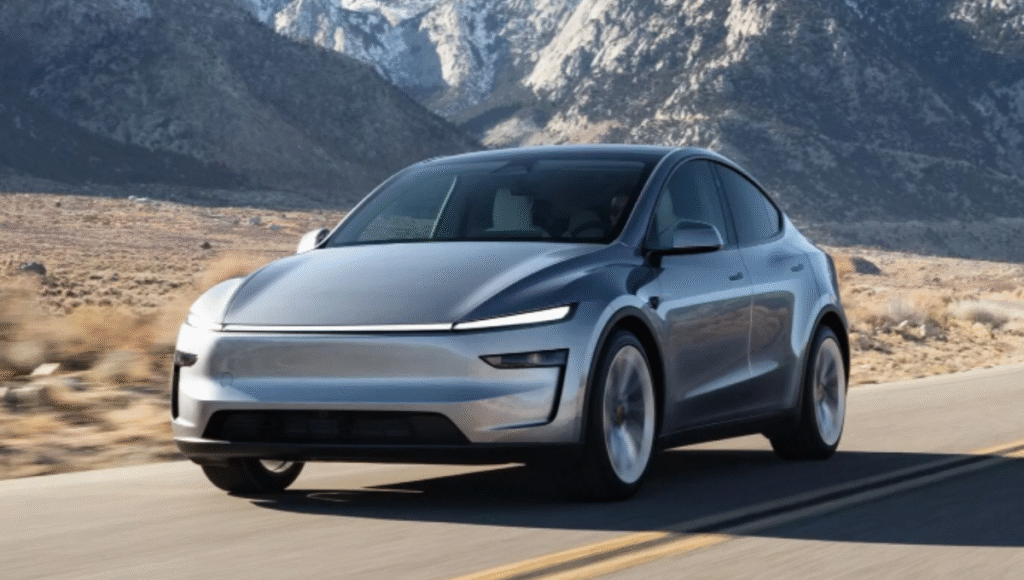
Norway Sets Record 98% of New Cars in September Were Electric
When it comes to embracing the future of clean mobility, no country tells the story better than Norway. What once seemed like a distant dream—roads filled with silent, emission-free cars—has now become everyday reality for Norwegians. September 2025 marked a milestone that the rest of the world is still striving toward: 98.3 percent of all new passenger cars sold in Norway were fully electric vehicles (BEVs).
A Historic Milestone in Electric Mobility
According to the Norwegian Road Administration (OFV), 14,084 out of 14,329 new cars registered in September were battery-electric. That means only 245 cars with petrol, diesel, or hybrid engines managed to find buyers during the entire month. Even in a country that has consistently led the world in EV adoption, this level of dominance is unprecedented.
This is not just a one-month spike. Over the first nine months of 2025, Norway has recorded 95 percent of all new car sales as electric, a record that underlines how close the nation is to achieving its ambitious goal of selling only zero-emission cars by 2025.
Petrol and Diesel Near Extinction
While EVs are thriving, petrol and diesel cars are fading into history. In September, just 105 diesel cars and 25 pure petrol cars were sold, each accounting for a mere 0.7 percent and 0.2 percent of the market respectively. Hybrid and plug-in hybrid models barely registered either, together making up less than 1 percent of new car sales.
“This shows that we are well on our way to achieving our zero vision, whereby all new passenger cars in 2025 will be zero-emission vehicles,” said Geir Inge Stokke, Director of the OFV. “Pure petrol and diesel cars are on their way to being phased out. Now it is important to get vans and lorries moving in the same direction.”
Tesla Continues to Lead the Pack
Unsurprisingly, Tesla remains the most popular choice among Norwegian drivers. The Tesla Model Y topped the charts in September with 4,132 new registrations, securing nearly 29 percent of the total market share. The Model 3 followed with 696 registrations, while Volvo’s EX30 claimed third place with 581 units.
Taken together, Tesla’s Model Y and Model 3 captured a combined 33.7 percent share, further strengthening the brand’s dominance in the Scandinavian EV market.
Strong Growth in Overall Car Sales
What makes Norway’s achievement even more remarkable is that this surge in electric car sales is happening alongside an overall growth in the auto market. In September alone, car registrations rose by more than 10 percent compared to the same month last year. By the end of September 2025, a total of 113,325 new cars had been sold, representing a 23.5 percent increase year-over-year.
Of those, a staggering 95 percent were fully electric.
Vans: The Next Challenge for Electrification
While passenger cars are almost entirely electrified, Norway’s van market is still catching up. However, even here, progress is accelerating. In September 2025, van registrations grew sharply, with 2,889 new units sold—up by 51 percent compared to last year.
Of these, 43 percent were electric vans, a huge jump from 23 percent in the same month of 2024. Looking at year-to-date figures, about 45 percent of all new vans sold in Norway are now electric, a clear sign that commercial transport is also moving in the right direction.
A Global Inspiration
Norway’s journey proves that rapid electrification is possible when government policy, infrastructure development, and consumer mindset align. With incentives such as tax benefits, free tolls, and widespread charging infrastructure, Norway has shown the world a model for transitioning to zero-emission mobility.
For countries still struggling to increase EV adoption, Norway serves as both an inspiration and a challenge. While other markets are just beginning to hit double-digit EV sales shares, Norway is already preparing for a future where petrol and diesel are relics of the past.
The nation’s achievement in September 2025 isn’t just a record—it’s a glimpse into the automotive future the world is moving toward.
Disclaimer:
This article is based on publicly available data and reports from the Norwegian Road Administration (OFV). It is intended for informational purposes only. Readers are encouraged to verify figures and consult official sources before making policy, investment, or business decisions.





